Bengaluru: As the country is battling against the second wave of Covid-19, the Indian Space Research Organisation has developed three types of ventilators and is ready to transfer the technology to the industry for clinical usage.
‘PRANA’ (Programmable Respiratory Assistance for the Needy Aid), a low cost and portable critical care ventilator Is based on the automated compression of an AMBU (Artificial Manual Breathing Unit) bag.
According to an interest exploration note posted on the website of the Bengaluru-headquartered space agency, it has a sophisticated control system that consists of an airway pressure sensor, oxygen sensor, servo actuator as well as expiration and PEEP (Positive End Expiratory Pressure) control valves.
The clinicians can choose the ventilation mode and set the required parameters through a torch screen panel and observe several parameters like pressure, flow, tidal volume and oxygen concentration on the same screen.
The ventilator can deliver the required flow of oxygen air mixture to the patients’ lung at the desired rate set by the clinicians.
During power failure, one can attach an external battery for backup.
ISRO stated that PRANA supports both invasive and non-invasive ventilation modes. It is also capable of giving compulsory breaths as well as spontaneous breaths.
A strong algorithm for controlled and safe ventilation of the patient is implemented. It raises alarm and opens safety valves for the prevention of barotrauma, asphyxia and apnoea during ventilation.
If the connection of the ventilation circuit if wrong or improper or if there is a disconnection of the hose or the server, the alarm raises.
There are also provisions to attach bacterial viral filters at each interface to prevent cross-infection and the contamination of air.
The ISRO said, “The ICU grade positive pressure mechanical ventilator titled ‘VaU’ (Ventilation assist Unit) can assist or replace the spontaneous breathing in patients under respiratory distress.”
It is based on a centrifugal blower that draws in filtered ambient air, compresses it and delivers it to the patient to get ventilation and can thus, operate without a compressed pneumatic source.
VaU has an intuitive Human Machine Interface (HMI) system running on a medical-grade touch screen PC, which permits the operator to set and observe various ventilation parameters in real-time.
It has been configured to operative in a variety of patient/ventilator triggered invasive and non-invasive ventilation modes and has provisions to detect fault conditions and raise alarms through the HMI system.
According to ISRO, a gas-powered ventilator ‘Space Ventilator Aided System for Trauma Assistance’ (SVASTA) is a basic model for non-invasive ventilation and is suited for emergency use.
This ventilator runs on compressed air and can perform various ventilation conditions using manual mechanical settings.
The basic ventilator design can be re-engineered appropriately by the manufacturer to cater to various modes of ventilation with control systems, electronics and associated software.
The prototype of the three ventilators developed at Thiruvananthapuram based Vikram Sarabhai Space Centre (VSSC) has undergone in-house test and evaluation and meets several specifications.
The ISRO note said that the responsibility of obtaining compulsory certification from approving agencies of the government of India before clinical usage vests with the industry.
ISRO said that it intends to transfer the technology of these ventilators to PSUs/industries/ start-ups having a good track record in the manufacture of critical medical/electronic equipment manufacturing.
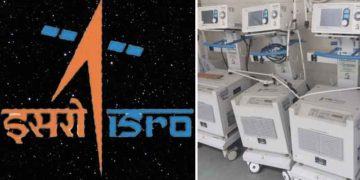

































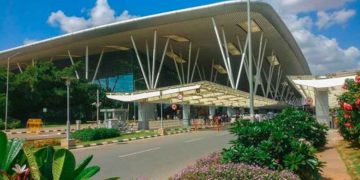












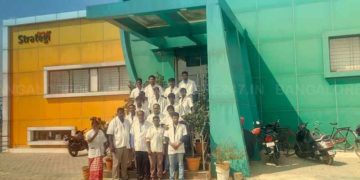








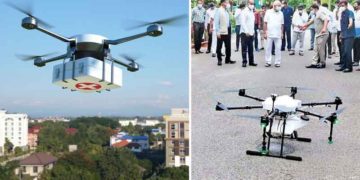










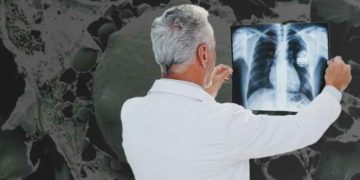


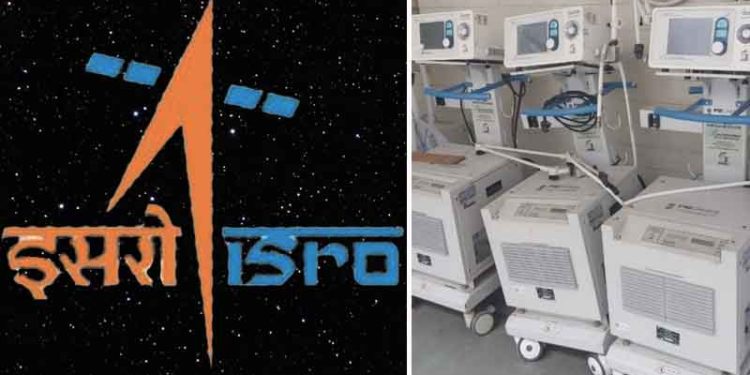

Discussion about this post